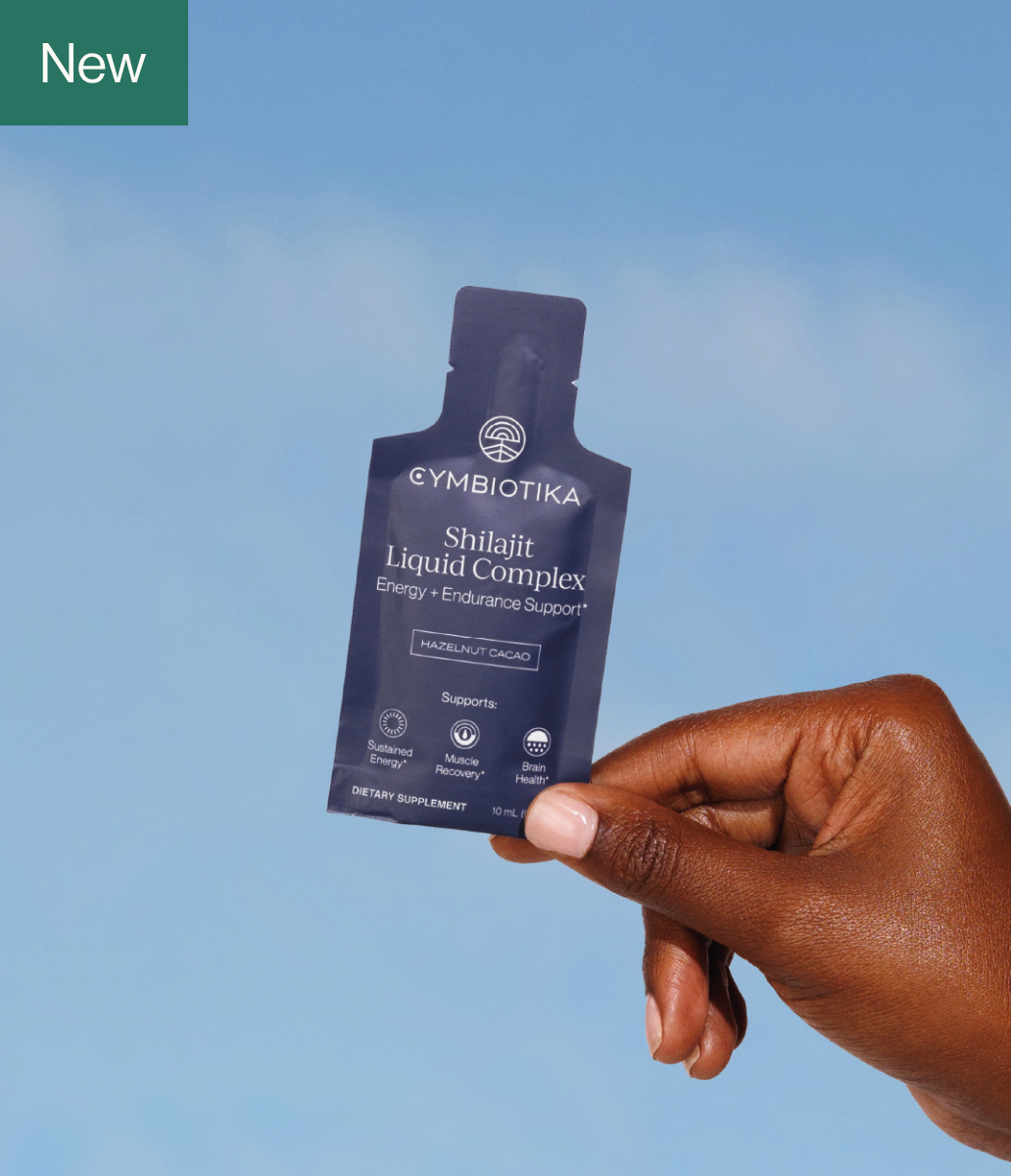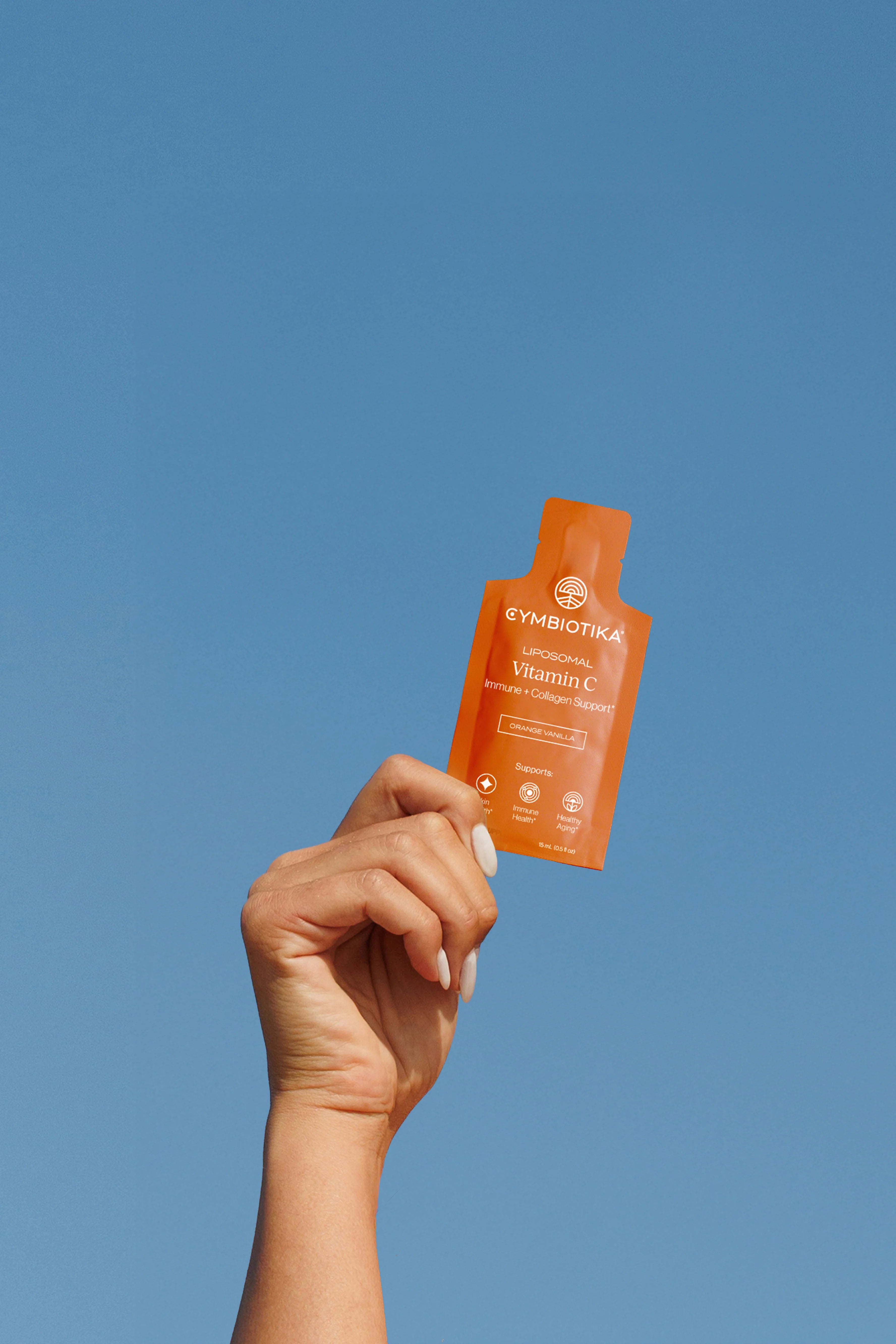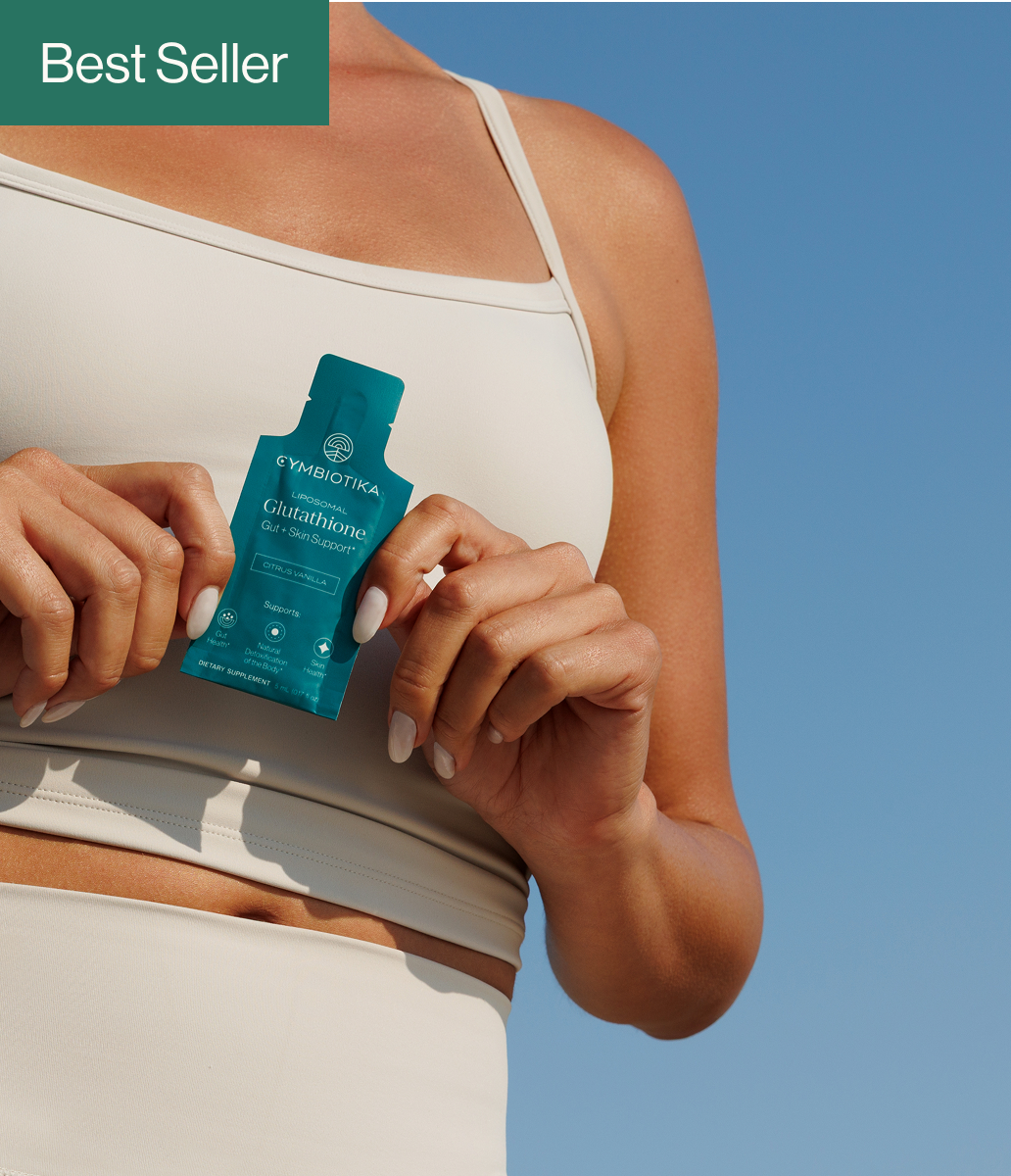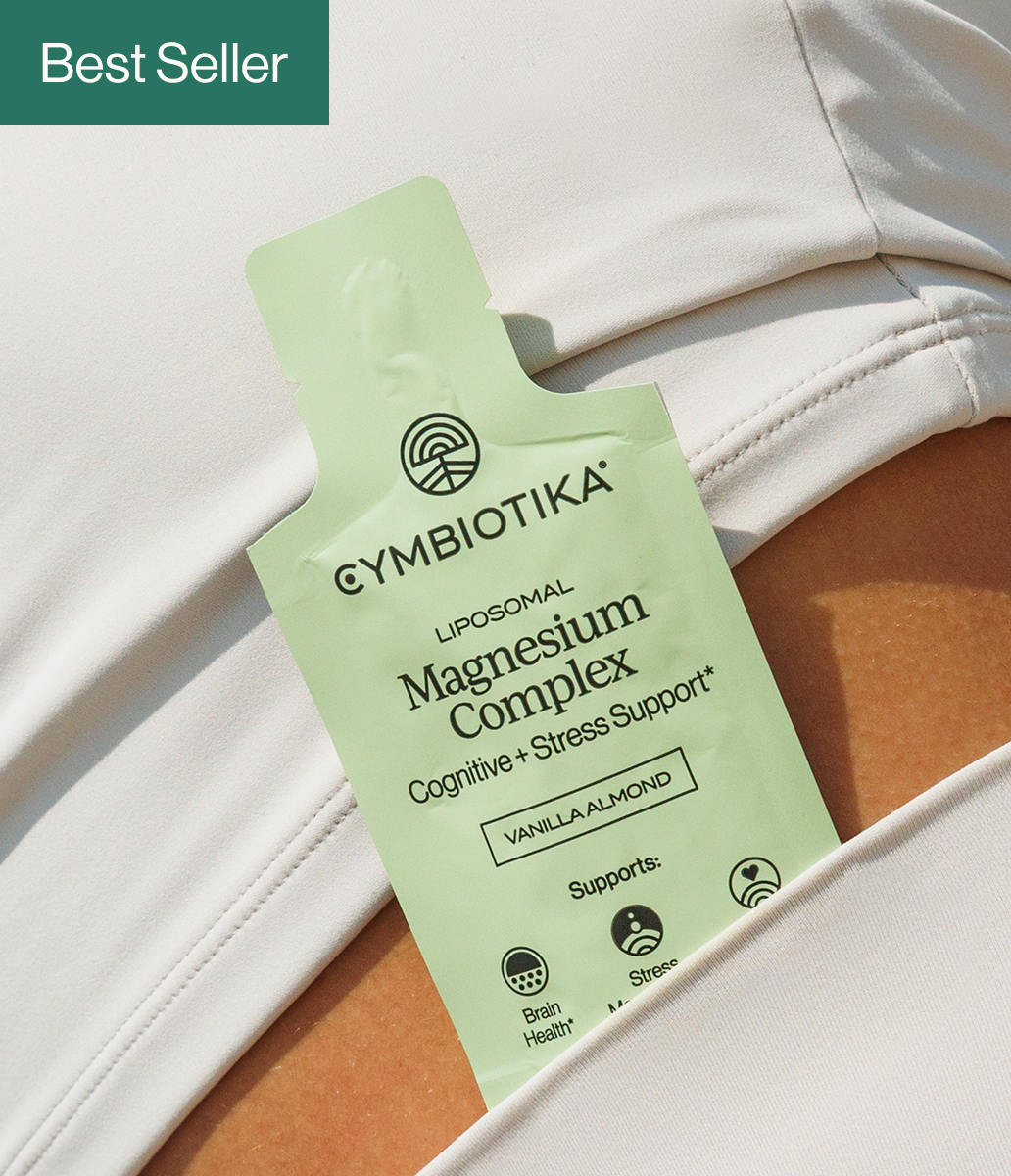Table of Contents
- Introduction
- The Origins of Pilates
- Core Principles of Pilates
- Types of Pilates: Mat vs. Equipment
- The Benefits of Pilates
- Getting Started with Pilates
- Conclusion
Have you ever wondered how a simple series of controlled movements can transform your body and mind? Pilates, a practice that has gained immense popularity over the last century, offers a unique blend of physical fitness and mental awareness. Originating from the innovative mind of Joseph Pilates in the early 20th century, this exercise method has evolved into a global phenomenon, attracting millions of practitioners from all walks of life. In this comprehensive guide, we will explore the rich history, fundamental principles, and numerous benefits of Pilates, while also providing insights on how to get started on your own Pilates journey.
Introduction
Imagine stepping onto a mat, taking a deep breath, and feeling the tension of the day melt away as you focus on your body’s movements. This is the essence of Pilates—a method that emphasizes the connection between mind and body, promoting strength, flexibility, and overall well-being. At Cymbiotika, we believe that wellness starts with trust, and understanding practices like Pilates can empower us to take control of our health.
As we delve into the world of Pilates, we will cover the following key aspects:
- The origins and history of Pilates
- Core principles that define the practice
- The various forms and equipment used in Pilates
- The physical and mental benefits of Pilates
- Practical tips for starting your Pilates journey
By the end of this post, you will have a thorough understanding of what Pilates is and how it can enrich your life. So, whether you are a newcomer curious about trying Pilates or someone looking to deepen your practice, let’s embark on this enlightening journey together.
The Origins of Pilates
Joseph Pilates was born in Germany in 1883, and his early life was marked by health challenges, including asthma and rickets. Determined to overcome his frail condition, he turned to physical fitness, studying various disciplines such as gymnastics, yoga, and martial arts. He believed that physical and mental health were intertwined, a concept that would later become the cornerstone of his method.
During World War I, Pilates was interned in a British camp, where he began developing his exercise philosophy. He created a series of movements to help fellow internees maintain their strength and health. One of his most innovative contributions was the use of springs to support and facilitate movement, a concept that would eventually lead to the creation of the Pilates Reformer.
After the war, Pilates immigrated to the United States in 1926, where he opened his first studio in New York City. His method, originally called "Contrology," quickly gained popularity among dancers and performers seeking to enhance their strength and flexibility while recovering from injuries. Throughout his life, Pilates continued to refine his approach, publishing two influential books on his method and training numerous instructors.
Core Principles of Pilates
At the heart of Pilates lies a set of core principles that guide practitioners in their movements and mindset. These principles focus on quality over quantity, emphasizing control, precision, and mindfulness. Let’s explore these fundamental tenets:
-
Breath: Proper breathing is essential in Pilates. Inhaling and exhaling in sync with movements enhances oxygen flow and helps maintain focus.
-
Concentration: Engaging the mind during exercise fosters a deeper connection with the body, allowing for mindful movement and better body awareness.
-
Control: Every movement in Pilates is executed with control. This focus on precision helps prevent injury and ensures that the correct muscles are engaged.
-
Centering: The "powerhouse" refers to the core muscles, including the abdomen, lower back, hips, and pelvic floor. Strengthening these muscles provides stability and balance in all movements.
-
Flow: Pilates exercises are designed to flow seamlessly from one to the next, creating a rhythm that enhances the overall experience and effectiveness of the workout.
-
Precision: Each movement is performed with attention to detail. This precision helps maximize the benefits of each exercise and ensures that practitioners achieve their fitness goals.
Types of Pilates: Mat vs. Equipment
Pilates can be practiced in two primary forms: Mat Pilates and Reformer Pilates. Each method offers unique benefits and challenges, allowing individuals to choose the approach that best suits their needs.
Mat Pilates
Mat Pilates is the foundation of the Pilates method. Practitioners perform a series of exercises on a mat, using their body weight for resistance. This form is accessible and can be practiced almost anywhere, making it ideal for beginners. Mat Pilates focuses heavily on core strength, flexibility, and alignment.
In a typical mat class, you'll encounter exercises like the "Hundred," "Roll-Up," and "Single Leg Stretch," each designed to engage different muscle groups while maintaining a strong focus on breath and control.
Reformer Pilates
Reformer Pilates utilizes specialized equipment that includes a sliding carriage, springs, and straps. The Reformer allows for a greater range of motion and variability in resistance, making it suitable for both beginners and advanced practitioners.
The use of the Reformer can enhance the effectiveness of exercises, allowing for targeted muscle engagement and support. Exercises on the Reformer, such as the "Footwork," "Pulling Straps," and "Short Box Series," can be modified to suit individual fitness levels and goals.
The Benefits of Pilates
Pilates offers a wide array of benefits for both physical and mental well-being. Here are some of the key advantages of incorporating Pilates into your fitness routine:
1. Core Strength and Stability
One of the primary focuses of Pilates is building core strength. A strong core is essential for overall stability and balance, providing support for the spine and pelvis during movement. This focus on core engagement helps reduce the risk of injury and improves functional fitness for everyday activities.
2. Improved Flexibility
Pilates encourages flexibility through a series of controlled movements that stretch and strengthen muscles. Increased flexibility can enhance performance in other physical activities and reduce the risk of strains and injuries.
3. Better Posture
Pilates emphasizes alignment and body awareness, which can lead to improved posture. By strengthening the muscles responsible for maintaining proper alignment, practitioners can alleviate tension and discomfort associated with poor posture.
4. Enhanced Body Awareness
Practicing Pilates fosters a greater understanding of how the body moves and functions. This heightened body awareness can help individuals recognize areas of tension, improve their movement patterns, and make more mindful choices in their daily lives.
5. Stress Relief and Mental Clarity
The combination of controlled movements and focused breathing in Pilates promotes relaxation and stress relief. Many practitioners report feeling mentally refreshed and rejuvenated after a Pilates session, making it a valuable addition to any wellness routine.
6. Injury Prevention and Rehabilitation
Pilates is often recommended for injury prevention and rehabilitation due to its low-impact nature and focus on controlled movements. The method can help strengthen weak muscles, improve flexibility, and enhance overall body mechanics, making it an ideal choice for individuals recovering from injuries.
7. Increased Mindfulness
The mindful approach of Pilates encourages practitioners to focus on their movements and breathing, promoting a sense of mindfulness that can extend beyond the studio. This mindfulness can enhance overall well-being and contribute to improved mental health.
Getting Started with Pilates
If you’re ready to embark on your Pilates journey, here are some practical tips to help you get started:
1. Consult a Professional
Before starting any new exercise program, it's a good idea to consult with a healthcare provider, especially if you have any pre-existing conditions or concerns.
2. Find a Qualified Instructor
Look for a certified Pilates instructor who can guide you through the basics and help you develop proper form and technique. A good instructor will provide modifications and progressions to accommodate your individual needs.
3. Choose Your Format
Decide whether you want to start with mat or reformer Pilates. If you’re unsure, consider trying a few classes of each to see which format you prefer.
4. Start Slow and Build Up
As with any new practice, it's important to start slowly and allow your body to adapt. Begin with basic exercises and gradually increase the intensity and complexity as you become more comfortable.
5. Stay Consistent
For the best results, aim to practice Pilates regularly. Many instructors recommend practicing two to three times per week to experience the full range of benefits.
6. Explore Online Resources
If in-person classes aren’t an option, explore online Pilates classes or videos. Many resources are available to help you practice at home and stay engaged with the method.
7. Listen to Your Body
Pay attention to how your body feels during and after each session. Pilates should challenge you, but it should never cause pain. If something doesn't feel right, communicate with your instructor or modify the exercise.
Conclusion
Pilates is more than just an exercise method; it is a holistic approach to fitness that emphasizes the connection between mind and body. By integrating controlled movements with mindful breathing, Pilates helps individuals build strength, flexibility, and awareness, ultimately enhancing overall well-being. Whether you are seeking to improve your core strength, alleviate stress, or simply find a new way to move, Pilates offers a multitude of benefits for practitioners of all ages and fitness levels.
As we navigate our own wellness journeys, we invite you to explore the transformative potential of Pilates. Consider taking our AI quiz to determine which Pilates-related practices or supplements might enhance your experience. Additionally, check out our Fitness Supplements Collection for products that can support your fitness goals.
FAQs about Pilates
1. Is Pilates suitable for beginners?
Yes, Pilates can be tailored to suit all fitness levels, including beginners. Starting with basic exercises and progressively advancing is a common approach.
2. How often should I practice Pilates?
For optimal results, aim to practice Pilates two to three times per week. Consistency is key to experiencing the full benefits.
3. Do I need special equipment for Pilates?
You can practice Pilates on a mat or use specialized equipment like the Reformer. Many beginners start with mat Pilates, which requires minimal equipment.
4. Can Pilates help with injury recovery?
Yes, Pilates is commonly used for rehabilitation and injury prevention due to its low-impact nature and focus on strengthening the core and stabilizing muscles.
5. What should I wear for Pilates?
Wear comfortable, form-fitting clothing that allows for a full range of motion. Avoid baggy clothes that may get in the way during movements.
By understanding what Pilates entails and committing to a regular practice, we can unlock new levels of strength, flexibility, and well-being. Together, let’s embrace the journey toward a healthier, more balanced life.
*These statements have not been evaluated by the Food and Drug Administration. This product is not intended to diagnose, treat, cure, or prevent any disease.























